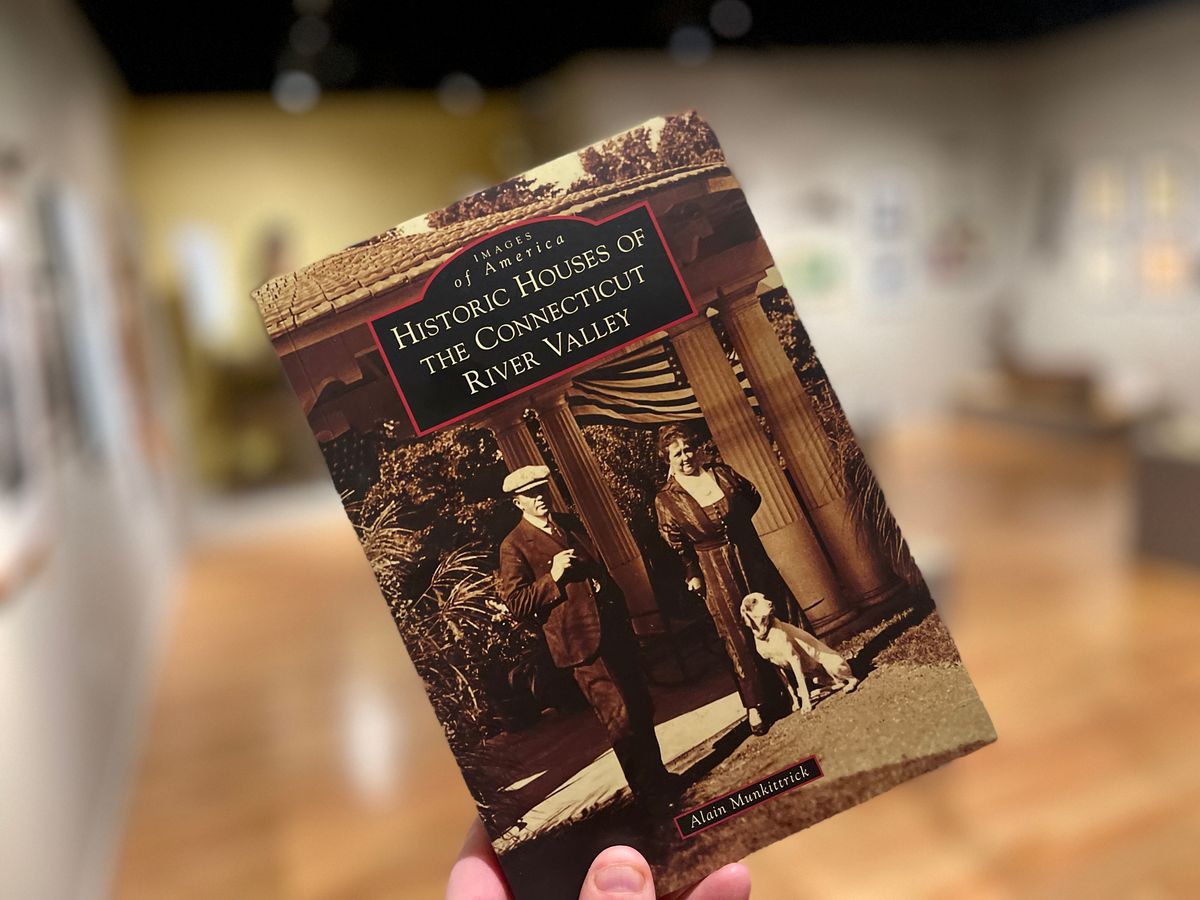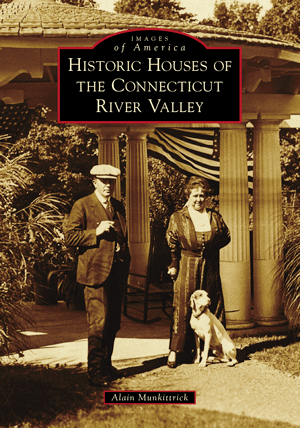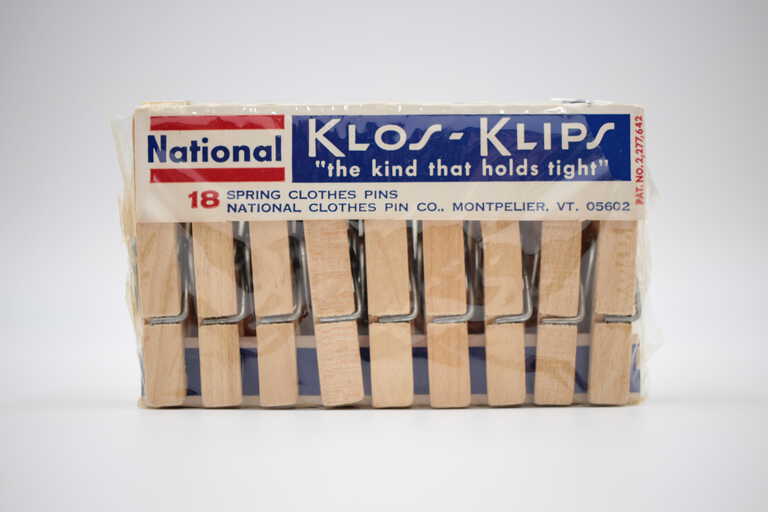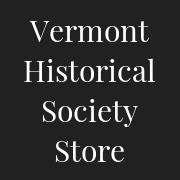House histories
An interview with Alain Munkittrick

In January, Alain Munkittrick released his latest book, Historic Houses of the Connecticut River Valley, as part of Arcadia Press's Images of America series. The book is a look at the people and settlements along the Connecticut River valley, stretching from New York all the way up to Canada. Over the course of his work, Munkittrick stopped by the Leahy Library at the Vermont History Center to conduct some of the research that went into the book. With the book now out in stores, we figured it would be a good time to check in to ask about how he went about researching and writing it.

Congratulations on your book! Can you tell us a little about what it’s about?
Historic Houses of the Connecticut River Valley is an expanded version of Arcadia Publishing's "Image of America" series. It is an image-rich survey of the most interesting houses of the 400 mile long Connecticut River Valley. The book is arranged thematically, rather than chronologically. Historic houses are grouped thematically to tell the stories of the valley's development.
For example, the chapter "River Makers" highlights the homes of significant manufacturers, "River Gentry" features the great estates and gentlemen farms which changed the valley's character in the 19th-century, while "River Masters" is a peak at the homes of important artists, writers, scientists, and intellectuals.
Over 300 period photographs and drawings are included, many of which have never been published. Presented are over 160 houses from the four New England states which border the Connecticut River (Vermont and New Hampshire) or which are bisected by the river (Massachusetts and Connecticut).
What got you started on this project, and how did you decide to write it as a book?
Deborah Shapiro and I had co-authored an Images of America book, Middletown's High Street and Wesleyan University, which was an in-depth look at one street's historical and architectural heritage, and I enjoyed the process of hunting for, and curating, the best possible historic images to tell the story of the development of one street in a way that could also tell the story of the history of a town. I was surprised that, while the historic houses of New York's Hudson River Valley have been endlessly documented, those of the Connecticut River Valley have not. I thought I would tackle that challenge.
How did you go about researching this project, and how did you use the Vermont Historical Society’s library/collections?
I identified all of the valley's houses designated as National Historic Landmarks by the US Park Service or those listed on the National Register of Historic Places. I searched the internet and local history books to identify the most significant homes in most every town or city. I then contacted local historical societies, museums, and libraries to locate archives which might hold period photographs of the houses, but also people associated with these houses. Some of these inquiries led me to individuals with great private collections as well.
Over 70 archives and individuals offered photographs for reproduction. I visited many of these archives, including the archives of the Vermont Historical Society. There, Kate Phillips and Marjorie Strong were most helpful in directing me to collections that might hold photographs of the houses which I had researched, including photograph files by towns, a photo album, and rare books from the library. They provided me with digital scans of my selections, including images of houses that I could not have found anywhere else. Their guidance was invaluable and I thank them again!
While researching, what did you discover that changed or expanded the book?
I discovered that I could probably identify enough really interesting houses, with great architectural interest and/or significant historical associations, to fill three books!!! Thus the biggest challenge was how to narrow down the selection and curate the best images to tell the story of each house. I also discovered that facts should always be verified with multiple sources. This takes a lot of time, but can be extremely rewarding.
What was the writing process like? What did you learn from that process?
The Image of America series books require a format and style which compels the author to distill the narrative to the essence that conveys all of the most important facts for the reader. Crisp, clear, authoritative treatments are necessary. The challenge is to make these treatments compelling, so whenever I could include new facts or stories of "human interest," I did. Also, I especially sought images of the families at these homes, as I did not want the book to be another dry architectural history.
What was the coolest thing that you learned while writing this book?
There were many, many cool things I learned. Some of my most satisfying experiences involved being able to identify houses and people in period photographs based on newspaper accounts, genealogical research, historic maps, or other arcane sources. Meeting and working with so many like-minded archivists and volunteers in local historical societies was also incredibly rewarding.
What advice would you have for people looking to write books of their own?
Triple check all of your sources, verify facts and if not certain, be honest about that! Leave puzzles for future researching sleuths to solve, but also leave them your "clues."
Historic Houses of the Connecticut River Valley is now available at the Vermont History Museum in Montpelier and in our online bookstore.

